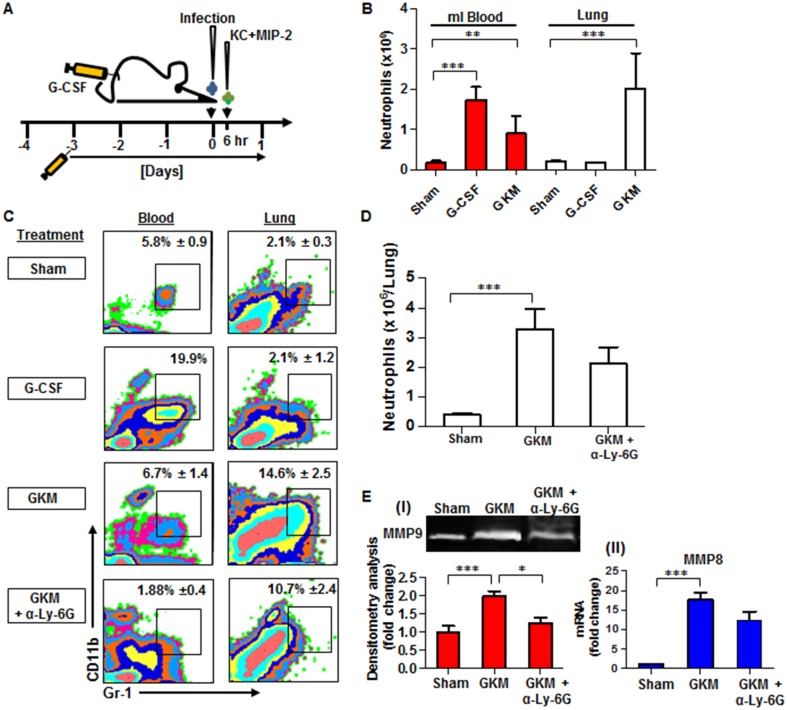Fig 6. Combined treatment with G-CSF, KC and MIP-2 (GKM) facilitates the early recruitment of neutrophils to the lungs during pneumonic plague.
(A) Schematic presentation of the GKM treatment regimen. Mice were treated for 5 consecutive days with a daily subcutaneous injection of G-CSF, starting 3 days prior to i.n. infection with 1×105 cfu (100LD50) of the virulent Y. pestis strain (Kim53). Six hours after infection, recombinant KC and MIP-2 proteins (1 μg/mouse each) were administered i.n., and mice were sacrificed at 24 hpi. (B) Neutrophil numbers (determined by flow cytometry analysis), in the blood and lungs of naïve mice treated with: PBS (sham), G-CSF alone or the full GKM treatment as described above. (C) Representative flow cytometry analysis of the percentages of neutrophils determined in the blood and lungs of Y. pestis-infected mice at 24 hours post i.n. infection with 1×105 of the Kim53 strain. The percentages of neutrophils are indicated in non-treated mice compared with mice treated with G-CSF alone, GKM or GKM together with the neutralizing antibody α-Ly-6G. (D) Absolute neutrophil numbers in the lungs of mice at 24 hr after i.n. infection with 100 LD50 of Kim53, treated or not with GKM or GKM+αLy-6G. (E) Expression of MMP9 in whole lung supernatant (I) and expression of MMP8 mRNA in whole lung extracts (II) at 24 hpi with 100LD50 of Kim53. Mice were treated as described above with PBS (sham), GKM or GKM+αLy-6G. All results are presented as the means ± SEM (*p<0.05, **p<0.01, ***p<0.001). n >10 mice per group of at least 3 independent experiments.

